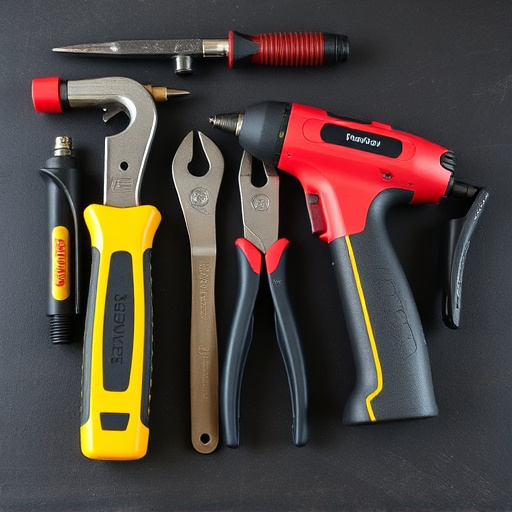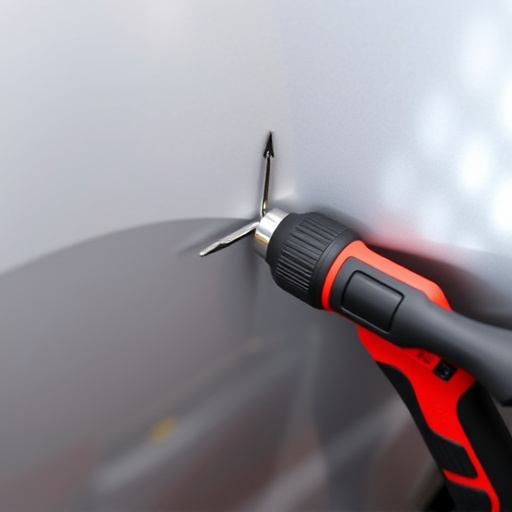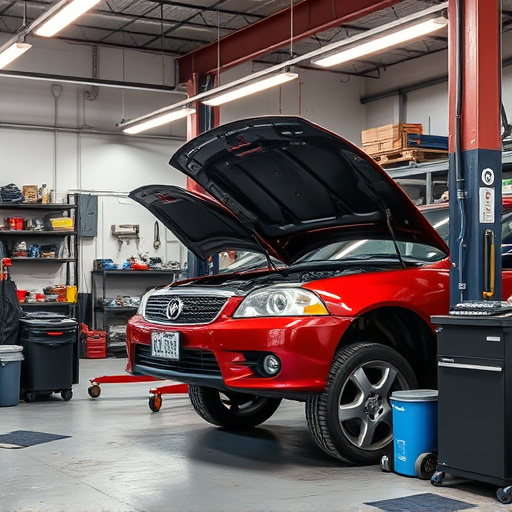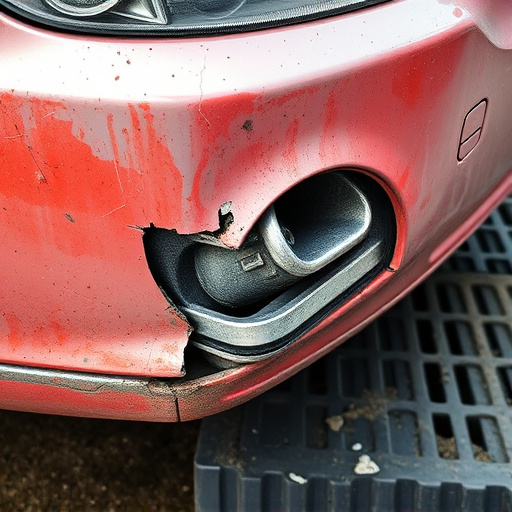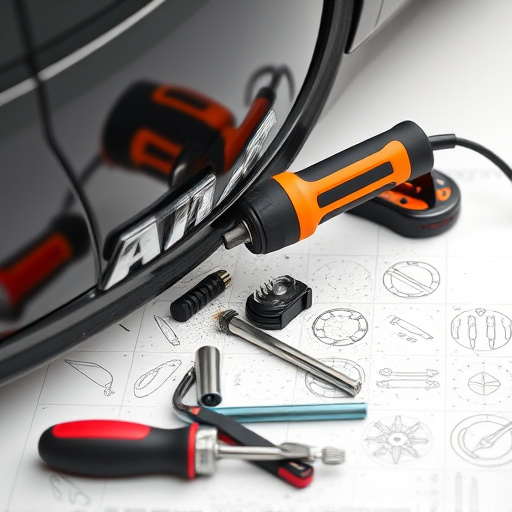Mastering repair scheduling for collisions involves strategic planning, efficient resource management, and high-quality service. This includes damage assessment, precise estimating, coordination with insurance providers, and streamlined workflow to reduce turnaround times. Effective communication between policyholders, insurers, and repair shops is crucial for prompt claims processing, ensuring satisfied customers and quick vehicle restoration after collisions.
In today’s digital era, efficient repair scheduling collision management is a game-changer in insurance claim processing. This article delves into the intricacies of optimizing collision repair processes, focusing on key aspects like understanding basic repair scheduling principles, streamlining insurance claim workflows, and facilitating effective communication for swift resolution. By implementing strategic approaches to these areas, insurers can enhance customer satisfaction while reducing costs associated with collision repairs.
- Understanding Collision Repair Scheduling Basics
- Streamlining Insurance Claim Processing Steps
- Effective Communication for Smooth Claims Resolution
Understanding Collision Repair Scheduling Basics

Collision repairs are a complex process that involves careful planning and efficient scheduling to ensure smooth operations for both repair shops and customers. At its core, understanding collision repair scheduling basics is crucial for managing time, resources, and customer expectations effectively. This involves several key components such as assessing damage, estimating repair times, allocating personnel, and coordinating with insurance providers for claim processing.
Effective collision repair scheduling not only streamlines the workflow but also enhances the overall customer experience. It includes integrating various services like car body restoration, vehicle paint repair, and other specialized collision repair services to meet diverse needs. By optimizing these processes, repair shops can reduce turnaround times, minimize costs, and maintain high-quality standards in their work.
Streamlining Insurance Claim Processing Steps
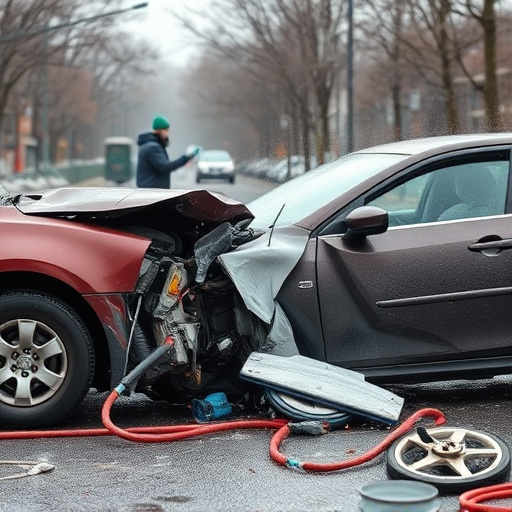
In the realm of repair scheduling collision and insurance claim processing, streamlining is key to minimizing delays and maximizing efficiency. The initial steps involve gathering all necessary information, including detailed damage assessments and documentation from both parties involved in a fender bender. This data is crucial for accurate estimating and seamless coordination with automotive repair services.
Subsequent processes include quick verification of insurance coverage, efficient claim submission, and proactive communication between insurers, repair shops, and clients. By optimizing these procedures, the entire process can be completed promptly, ensuring satisfied customers who can quickly get their vehicles back on the road after a collision, even when relying on auto repair near me.
Effective Communication for Smooth Claims Resolution

Effective communication is a cornerstone in navigating the often complex process of repair scheduling and collision insurance claim processing. When a vehicle collision occurs, clear and timely interaction between policyholders, insurance providers, and auto repair shops is imperative for a seamless experience. Policyholders should promptly notify their insurers about the incident, providing detailed information on the damage incurred to facilitate a swift assessment.
During this exchange, explaining the extent of car damage repair needs is crucial. This includes documenting all visible injuries, ensuring every concern is addressed. Auto repair services specialists then collaborate with insurance adjusters to interpret policy terms and conditions, ensuring accurate estimates for vehicle collision repair are submitted. This collaborative approach not only minimizes delays but also helps in managing expectations regarding turnaround times and potential costs, leading to a more satisfying claims resolution process.
In the realm of repair scheduling collision and insurance claim processing, understanding basic principles, streamlining claims steps, and fostering effective communication serve as a powerful trio. By implementing these strategies, businesses can significantly enhance their efficiency, reduce costs, and provide a smoother experience for clients navigating post-collision repairs. Embracing digital tools and prioritizing clear communication are key to thriving in this competitive landscape.
